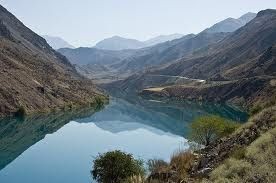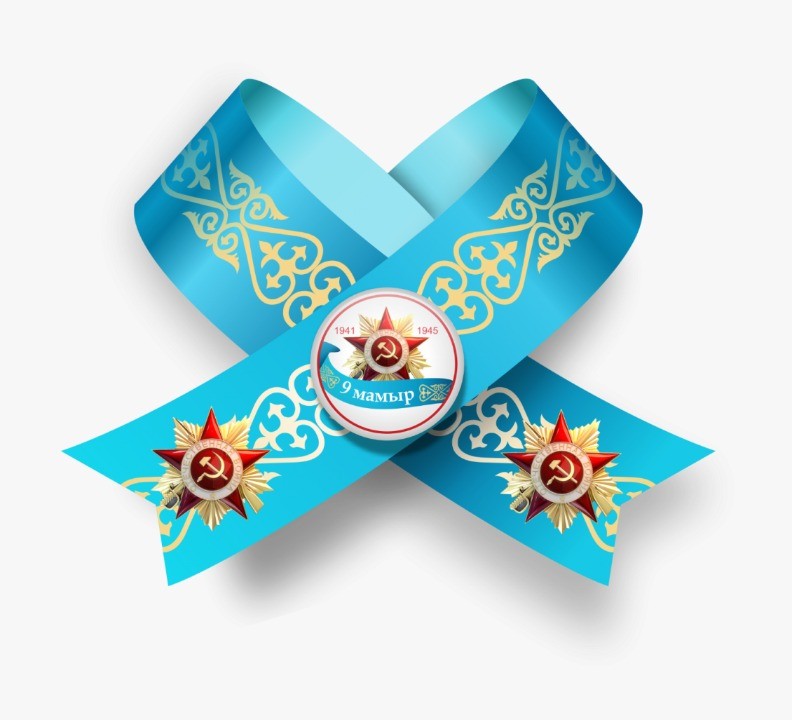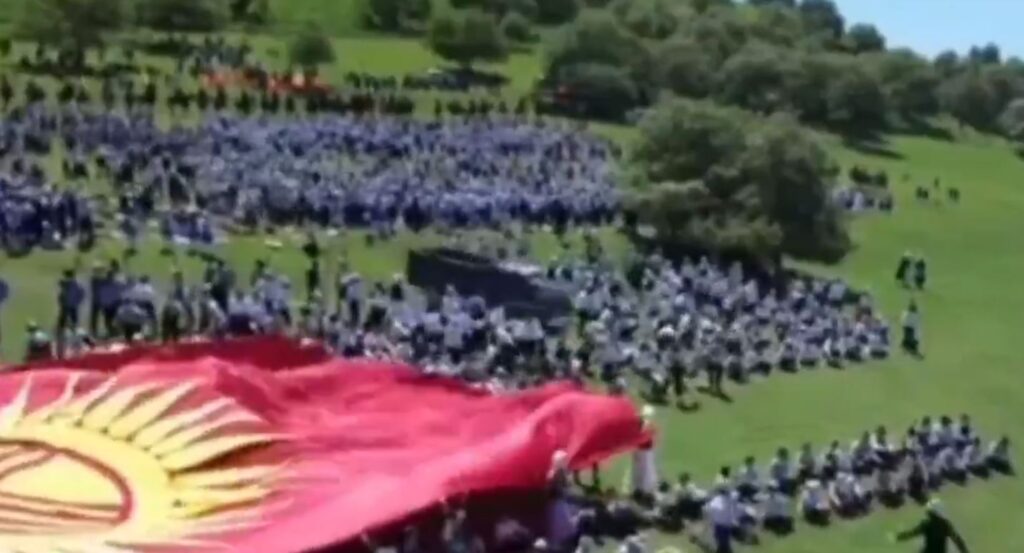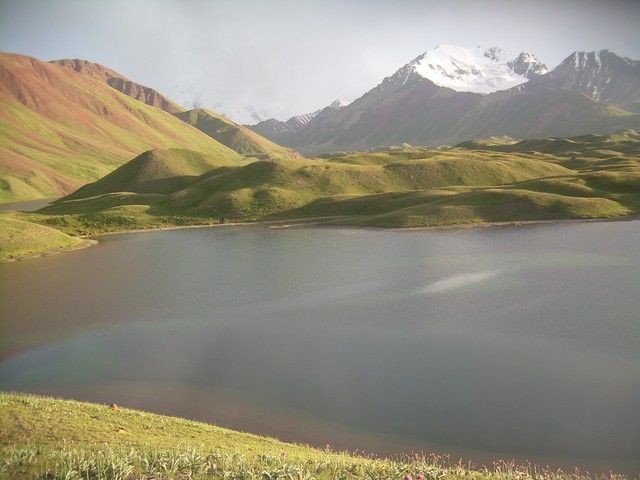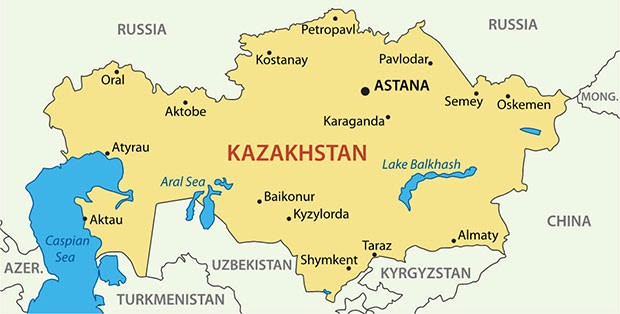BISHKEK (TCA) — The number of fish farms has been growing in recent years in Kyrgyzstan, and the country plans to export 1,000 tons of fish to Russia this year, the Kyrgyz Ministry of Agriculture says.
In developed countries, fish consumption is 15 kilograms per person per year while it is only one kilogram in Kyrgyzstan. Traditionally, Kyrgyz rural population did not consume fish. Meanwhile, the fish meat is a rich natural source of protein, vitamins and rare minerals. The diet of Kyrgyzstan’s citizens should include more fish, the Health Ministry said.
Recreational and sport fishing
About 10% of Kyrgyzstan’s rural population is engaged in recreational fishing which is carried out in more than 30 rivers and tributaries including the Chu River, Naryn, Talas and Kara-Darya tributaries. Anglers having amateur cards catch about one thousand pieces of trout and 6.5 thousand of osman.
Recreational and sport fishing has been intensively developing in recent years and has a great potential with increasing interest of citizens to relax in nature. Eight regional associations, members of the Kyrgyz Union of Hunters and Fishermen, provide anglers with services.
The main problem of this fishing trend is inefficient system of permits to fish in the open-access reservoirs that leads to a reduction of fish and does not allow creating a stable financial source for the fishery development.
Commercial fishing
After fishing in Issyk-Kul and Son-Kul lakes was banned, commercial fishing is conducted mainly in hydro plant’s reservoirs — Toktogul, Kirov, Orto Tokoy and Bazar-Korgon, as well as Lake Kara Suu. The main commercial species of fish are trout, whitefish, carp, bream, and marinka.
More than 80 business entities are currently engaged in commercial fishing but low productivity of the equipment, inefficient logistics, and difficulty in lending hinder the industry’s development, the Fishery Development Program of Kyrgyzstan until 2025 says.
About 800 private entrepreneurs are engaged in fish farming in ponds in Kyrgyzstan.
Private entrepreneurs produced 1,100 tons of fish in 2015 compared to 800 tons in 2014. The Agriculture Ministry believes the figures are much higher because some farmers concealed the real volume of sold products to evade taxes.
Local population is engaged in fishery in various areas of the country. For instance, there are many springs in villages of the Manas region in the Talas province, and locals made artificial ponds to breed fish. There are also many mini-lakes with water from natural springs, and villagers simply shielded them and began fish farming. They feed fish with natural food made from reeds, barley and corn.
Farmers of the Naryn province have been engaged in fishery since 2012, and they now grow more than 100 thousand pieces of rainbow trout per year which they sell in Bishkek. Farmers buy fish fodder imported from Denmark and Poland.
In the village of Orto-Oruktu in the Issyk-Kul province, the Ala-Balyk fishery produces more than 30 tons of trout per year. There are 24 ponds in the fisheries located on two hectares. This year, the Ala-Balyk fishery signed an agreement with Russian partners on the export of 900 tons of trout.
The Government tasked the local authorities to support entrepreneurs in developing their business. The Agriculture Ministry plans to provide them with soft loan.
Entrepreneurs of the Lipenka village of the Jeti-Oguz district of the Issyk-Kul province have built a mini-plant for growing five types of fish fry with assistance from the UNDP/GEF. Farmers were trained in Hungary and China. The mini-plant is equipped with alternative energy sources, solar water heating collector, hatching equipment, and water recycling system in the pool.
Farmers plan to produce various commercial types of carp and to sell fry to fish farmers who have ponds.
Fish feed
The first workshop for the production of fish feed and incubator workshop have been opened in the Tyup district of the Issyk-Kul province as part of Aquaculture project with the financial support of the Government of Finland. The UN Food and Agriculture Organization is the project operator.
Local fish feed will be almost half the price than the imported one. Some of the ingredients including fish and bone meal will be imported from Norway but the basic ingredients (barley, wheat, corn) will be local. In the future, the cost of the fish should be reduced due to a lower price of fish fodder.
The hatchery will allow growing about 1,440 tons of carp and 260 tons of trout per year. Local farmers will be able to breed domestic fry while now they have to buy it abroad, mainly in Kazakhstan and China.


